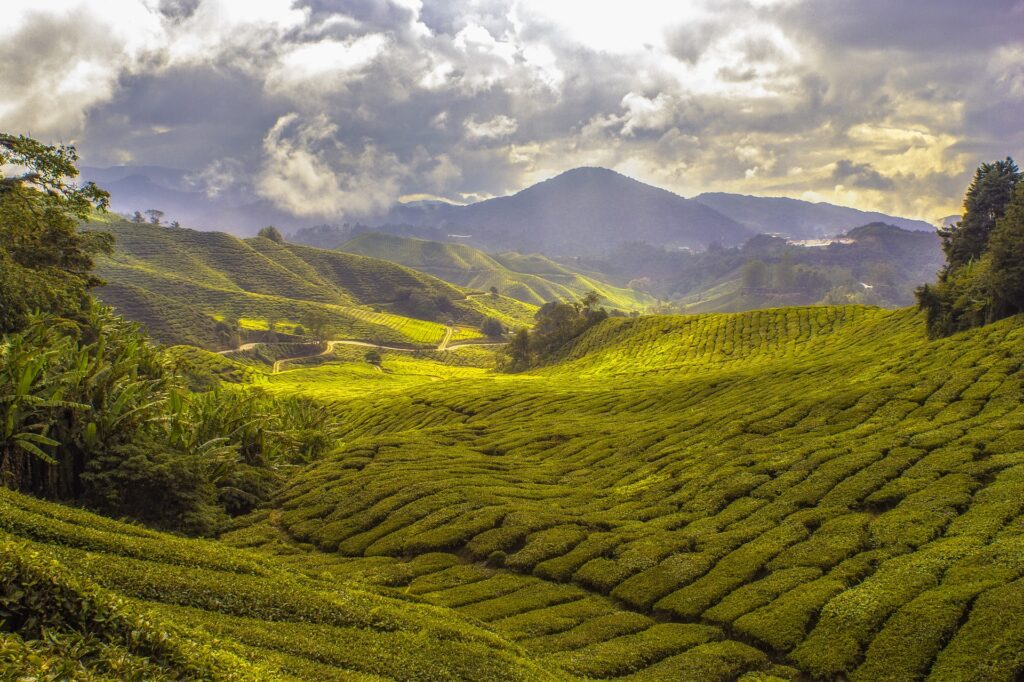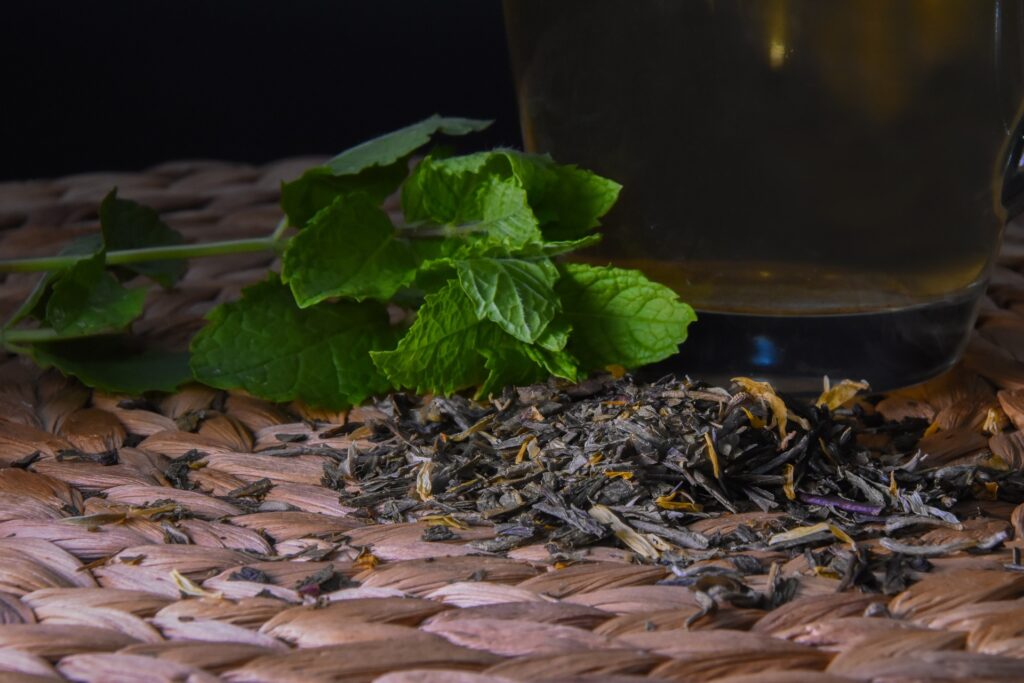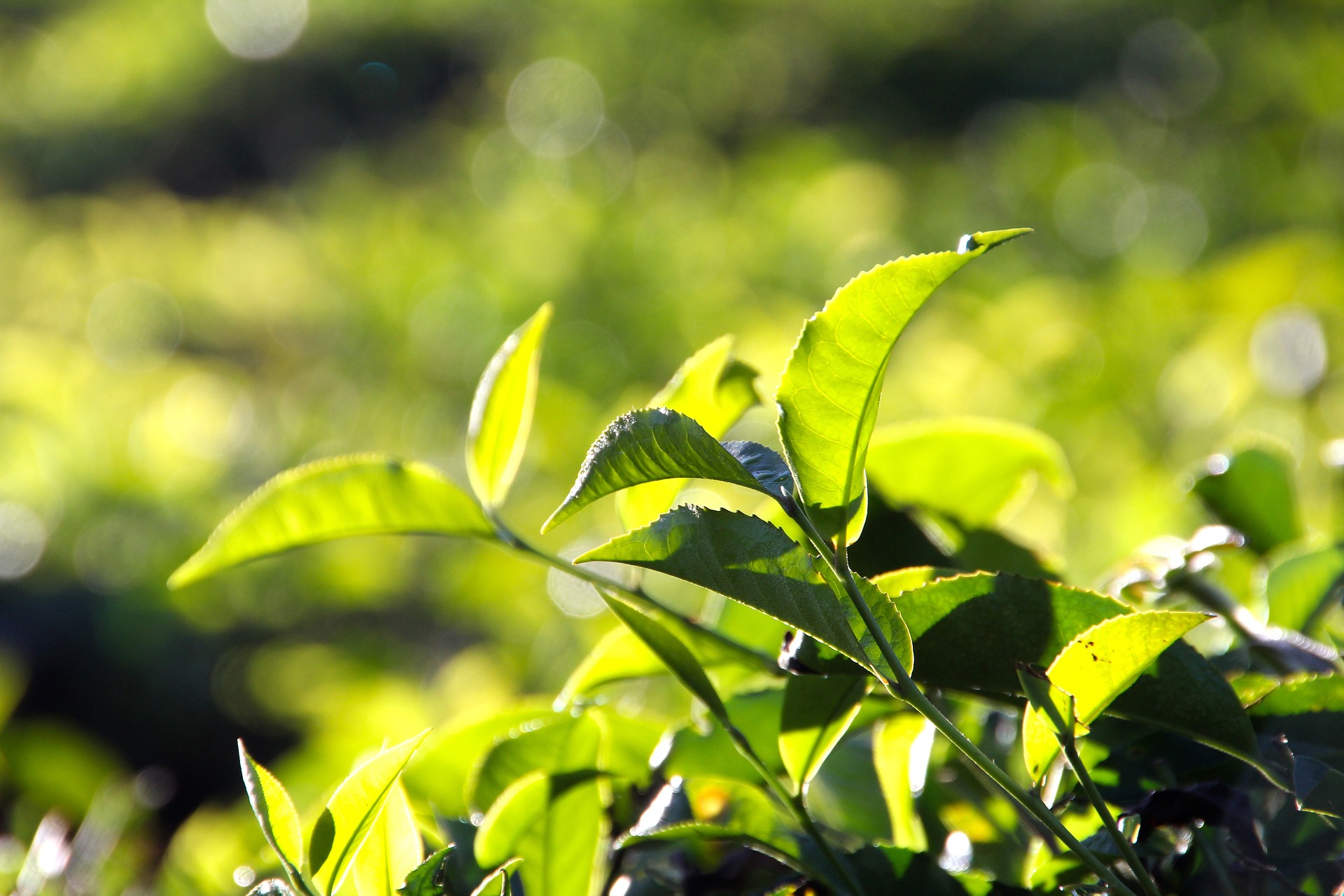Welcome to the fascinating world of tea cultivation, where ancient traditions meet modern innovation, and the delicate art of nurturing tea plants intertwines with health, culture, and heritage. In this comprehensive guide, we embark on a journey through the verdant fields where tea leaves flourish, exploring the diverse facets of tea cultivation.
Tea, beyond being a beloved beverage, holds a rich tapestry of history, spanning centuries and continents. From its origins in ancient China to becoming a global symbol of refreshment and relaxation, tea cultivation has evolved into a fine art, shaped by geography, climate, and human ingenuity.
Table of Contents

1. Introduction to Tea Cultivation
Tea cultivation boasts a rich history and numerous benefits. It’s not just about flavor; it brings health advantages, relaxation aids, and more.
1.1 Benefits of Tea Cultivation
Tea cultivation epitomizes a harmonious blend of environmental sustainability, economic vitality, and human well-being. Its organic farming practices preserve biodiversity and soil health while fueling global trade and local economies. Packed with antioxidants, tea enhances physical health and mental tranquility. Its cultural significance fosters social connections, uniting diverse communities.
1.2 Historical Background
Tea originated in ancient China during the Shang dynasty around 2737 BCE, initially prized for its medicinal properties. By the Tang dynasty, it evolved into a cultural practice and art form. Its journey along the Silk Road introduced it to Japan, shaping the revered Japanese tea ceremony. The spread of tea to Europe in the 16th century marked its global expansion, captivating diverse cultures.
2. Climate and Soil Requirements
Successful tea cultivation relies on specific environmental conditions.
2.1 Ideal Climates for Tea Growth
Tea thrives in subtropical climates with 1500-2500mm annual rainfall, rich acidic soils, and temperatures of 20-30 degrees Celsius. Higher altitudes and partial shade enhance leaf quality and flavor complexity. This delicate balance creates the ideal environment for tea plants to flourish, yielding the diverse and nuanced flavors found in each cup.
2.2 Soil Composition
Tea plants thrive in well-draining, acidic soils rich in organic matter and nutrients like nitrogen and potassium. A pH range between 4.5 to 6.0 is ideal, ensuring optimal nutrient uptake for robust growth. This soil composition fosters healthy root development, aiding in the cultivation of flavorful tea leaves renowned for their nuanced profiles.
3. Tea Plant Cultivation Process
The process of cultivating tea plants involves several stages, from planting to harvesting.
3.1 Planting and Propagation
Tea cultivation involves selecting ideal cultivars for specific climates and soils. Plantation focuses on nurturing tea bushes in well-drained, sunny areas with proper rainfall. Propagation methods include using seeds or cuttings for consistent quality. Through careful care and harvesting, these bushes yield leaves that, when processed, create the beloved flavors found in every cup of tea worldwide.
3.2 Harvesting Techniques
Tea harvesting involves hand plucking or machine harvesting. Hand plucking selectively gathers the finest leaves and buds for high-quality tea, while machine harvesting is faster but less precise, often used for lower-grade teas. The method chosen greatly influences the tea’s flavor and quality.

4. Tea Cultivation Methods
Tea cultivation has evolved with time, encompassing various traditional and modern techniques.
4.1 Traditional Cultivation Methods
Traditional tea cultivation relies on ancient, manual practices such as delicate hand plucking, avoiding chemicals, and using organic fertilizers. This method respects nature, prioritizes biodiversity, and maintains soil health. It embodies a deep connection to local cultures, showcasing the harmony between tradition, nature, and the art of tea production.
4.2 Modern Cultivation Techniques
Modern tea cultivation employs mechanized harvesting for efficiency, though less precise than hand plucking. Precision agriculture, including drone monitoring and sensor use, optimizes crop health. Controlled environments like greenhouses enable year-round production. Genetic research creates resilient tea cultivars. These methods aim to enhance yield, quality, and sustainability to meet global demand.
5. Pest and Disease Management
Tea plants are susceptible to pests and diseases, necessitating effective management strategies.
5.1 Diseases Affecting Tea Plants
Tea plants are vulnerable to diseases like blister blight, causing lesions on leaves, and grey blight, leading to defoliation. Root rot can be fatal, while anthracnose and red rust also pose risks. Disease management through sanitation, fungicides, and resistant cultivars is crucial to protect global tea production.
5.2 Natural Remedies and Prevention
Tea plant cultivators employ natural remedies like neem oil for pest and disease control, introduce beneficial insects, and use compost tea to boost soil health and plant immunity. Cultural practices like spacing, ventilation, and pruning prevent disease spread. Organic fertilizers such as compost enrich soil without chemicals, fostering resilient tea plants and sustainable cultivation practices.
6. Processing Tea Leaves
The process of transforming freshly harvested tea leaves into the familiar tea products involves several stages.
6.1 Withering and Oxidation of Tea Leaves
Withering involves wilting tea leaves to prepare them for shaping, while oxidation occurs when the leaves interact with air, determining the type of tea—green, oolong, or black. Controlled oxidation influences flavor, color, and caffeine content, shaping the distinct characteristics of each tea variety. These essential steps in tea processing define the diverse range of flavors cherished by tea enthusiasts globally.
6.2 Drying and Packaging
Drying completes tea processing by reducing moisture content, ensuring preservation. Sorted meticulously, the tea is then expertly packed to maintain freshness and aroma. Packaging reflects the care and craftsmanship of tea production, offering consumers a delightful tea experience.

7. Sustainable Practices in Tea Cultivation
In recent times, there’s a growing emphasis on sustainability in tea cultivation.
7.1 Sustainable Farming Methods and Environmental Impact
Sustainable tea farming minimizes impact through organic methods, agroforestry, water-saving techniques, and renewable energy use. These practices promote biodiversity, soil health, and reduced ecological footprints, ensuring high-quality tea while preserving the environment for future cultivation.
7.2 Fair Trade Practices
Fair trade prices ensure equitable compensation for tea producers, covering sustainable production costs and supporting community development. These prices empower farmers, foster economic stability, and promote social responsibility in the tea industry, creating a fairer and more sustainable trade system.
8. Future of Tea Cultivation
As technology advances and global conditions change, the future of tea cultivation evolves.
8.1 Technological Advancements and Sustainability Challenges
Technological advancements offer solutions for sustainability challenges in tea farming. While tools like precision agriculture and drones optimize resource use, balancing these innovations with environmental conservation is crucial. Prioritizing sustainability in technological adoption is essential for the long-term viability of tea farming, ensuring efficiency and resilience.
8.2 Emerging Trends of Tea
Emerging trends in the tea industry reflect evolving consumer preferences and sustainability concerns. Artisanal and specialty teas, including unique flavors, blends, and single-origin teas, are gaining popularity among tea enthusiasts seeking diverse and high-quality options. Additionally, the rising demand for organic and sustainably sourced teas emphasizes ethical production and environmental responsibility. Innovative tea formats, such as ready-to-drink cold brews and tea-based cocktails, cater to modern consumer lifestyles.

Conclusion
Tea cultivation stands as an art deeply intertwined with history, health, culture, and innovation. Its benefits, diverse flavors, and cultural significance make it a cherished beverage worldwide. Embracing sustainable practices while adapting to technological advancements will shape its future, ensuring its continuity for generations to come.
Unique FAQs:
1. Is tea cultivation limited to specific regions?
Tea can be cultivated in various climates, but the finest teas often come from regions with specific environmental conditions that favor their growth.
2. What are the different types of tea plants?
The primary tea plant is Camellia sinensis, with cultivars like Camellia sinensis var. sinensis and Camellia sinensis var. assamica, each contributing distinct flavors.
3. Are there sustainable methods in tea cultivation?
Yes, sustainable farming methods like organic cultivation, fair trade practices, and eco-friendly approaches are gaining momentum in tea cultivation.
4. How does tea processing impact its flavor?
The processing stages like withering, oxidation, and drying significantly influence the flavor and characteristics of tea.
5. What is the economic significance of the global tea industry?
The global tea industry is economically significant, contributing to various economies and providing livelihoods for millions involved in its cultivation and trade.

